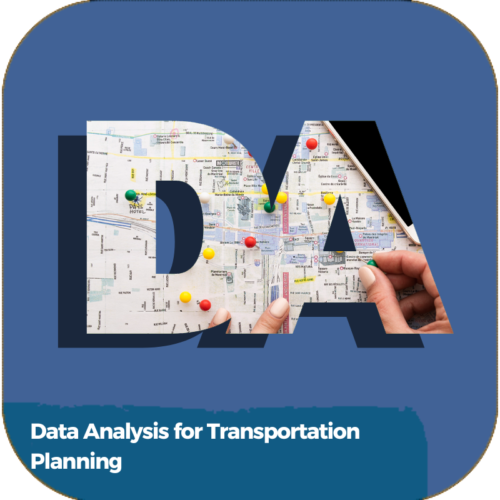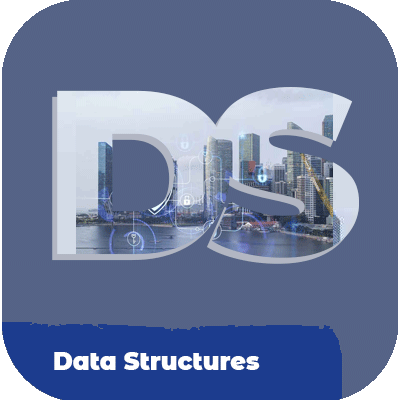Course Description:
This course provides an overview of the principles of dealing with difficult people and how to use them to drive organizational success. Students will learn about problem-solving strategies, communication techniques, and other topics related to addressing challenging situations. At the end of this course, students will be able to effectively identify difficult behaviors, apply appropriate tactics for changing attitudes, and reduce conflict for successful outcomes.
Course Objectives:- Understand the basics of leader dealing with difficult people
- Explore principles of problem-solving strategies
- Analyze methods for effective communication
- Utilize strategies for shifting behavior
- Comprehend different techniques for resolving conflict
- Evaluate approaches to identifying challenges
- Create custom plans for tackling difficult issues
- Develop strategies for rebuilding trust
- Design custom solutions based on program needs
- Implement techniques for long-term planning










